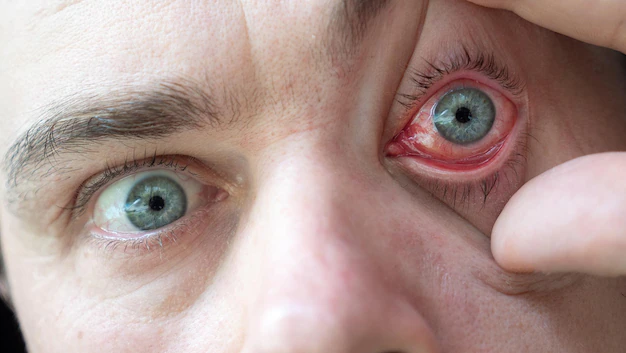Common Eye Diseases

There are several common eye diseases that people may develop, including:
- Cataracts: This occurs when the clear lens of the eye becomes cloudy, causing blurry or dim vision. Cataracts are often a result of aging, but they can also be caused by injury, certain medications, or other medical conditions.
- Glaucoma: This disease causes damage to the optic nerve, which can lead to vision loss or blindness. It is often caused by high pressure inside the eye, but can also occur at normal eye pressure levels.
- Age-related macular degeneration: This disease is the leading cause of blindness in people over the age of 60. It occurs when the macula, the part of the eye that is responsible for central vision, deteriorates.
- Diabetic retinopathy: This disease affects people with diabetes and can cause damage to the blood vessels in the retina, leading to vision loss or blindness.
- Dry eye syndrome: This occurs when the eyes do not produce enough tears or when tears evaporate too quickly, causing dryness, itching, burning, and other symptoms.
- Conjunctivitis: Also known as pink eye, this is an inflammation of the conjunctiva, the thin, clear tissue that lines the inside of the eyelid and covers the white part of the eye. It can be caused by a bacterial or viral infection, allergies, or other irritants.
- Blepharitis: This is an inflammation of the eyelid, which can cause redness, itching, and burning. It is often caused by bacteria or an overgrowth of the skin’s normal flora.
- Strabismus: This is a condition in which the eyes are not aligned properly, causing one eye to look in a different direction than the other.
It is important to have regular eye exams to detect and treat these and other eye diseases early, before they cause significant vision loss or blindness.
